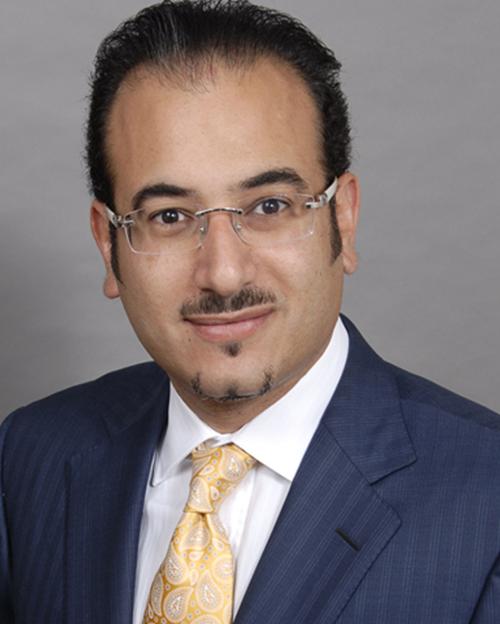
Daniel S. Yanni, MD
Newport Beach, CA 92663
Disc Comfort Inc.
1501 Superior Avenue, Suite 214, Newport Beach, CA 92663
About Daniel S. Yanni
Dr. Daniel S . Yanni was a teenager in a high school anatomy and physiology class when he decided to become a neurosurgeon. Fascinated by the spine and brain, he majored in neuroscience at UCLA and studied neural stem cell research for his honors thesis.
“I was impressed by the anatomy and wiring in the brain and spine—how electrical signals are translated into motion, sensation, memories and speech,” says Yanni, who graduated summa cum laude with departmental honors in neuroscience. By the time he arrived at UC San Diego’s School of Medicine, he was the rare medical student who knew exactly which specialty he wanted to pursue.
“I still remember being interviewed by Dr. Hoi Sang U, the vice chair of neurosurgery, for medical school admission,” says Yanni. “He asked me, ‘Where do you see yourself in 10 years?’ I said, ‘Where you are—academic neurosurgery.’ “
Prior to moving into private practice, Dr. Yanni joined as a faculty member at the University of California Irvine Department of Neurological Surgery and was the director of the minimally invasive neurosurgery spine program at Orange County’s University Hospital. He was also the director of the Comprehensive Spine Neurosurgery Service and helped establish the joint Orthopedic and Neurosurgery Spine Fellowship program.
Dr. Yanni began concentrating on spinal disorders early in his residency, a focus that continued through his intensive neurosurgery residency and spine fellowship training. Under the tutelage of Dr. Robert F. Heary, Dr. Noel I. Perin, and Dr. Ira M. Goldstein, the foremost experts in the field, he learned the intricacies of spine and spinal tumor surgery, including neurophysiological monitoring, minimally invasive, complex, revision, deformity, endoscopic and thoracoscopic surgical techniques.
In his current practice, Dr. Yanni performs spine surgery through key-hole sized incisions, a minimally invasive procedure that allows patients to be released within hours or days and return to work within weeks. Traditional open surgery can involve longer recovery and rehabilitation times.
Surgery for thoracic spine disease, for example, has traditionally been performed with a midline or side incision through the chest wall. “Now we’re able to access the spine through small incisions in the side and employ endoscopes, tubular retractors and a microscope to perform the same surgical procedure,” says Yanni. The result: less blood loss, reduced post-operative pain, shorter hospital stays and a quicker recovery.
“These are very big procedures that used to require very long hospitalizations,” says Yanni. “Now, with minimally invasive techniques, we can get patients out of the hospital in just a few days.”
In addition to using minimally invasive procedures to perform a variety of spinal surgeries, Yanni also performs traditional open surgery for some complex, deformity, and revision cases. “My job is to tailor the treatment to each patient’s unique needs,” he says. “I must accomplish the surgical goal with minimal tissue trauma. I take a whole-person approach to treating patients with spinal disorders and to get them back on their feet as quickly—and painlessly—as possible.”
- American Board of Neurological Surgery, Neurological Surgery
Providence St. Joseph Hospital - Orange